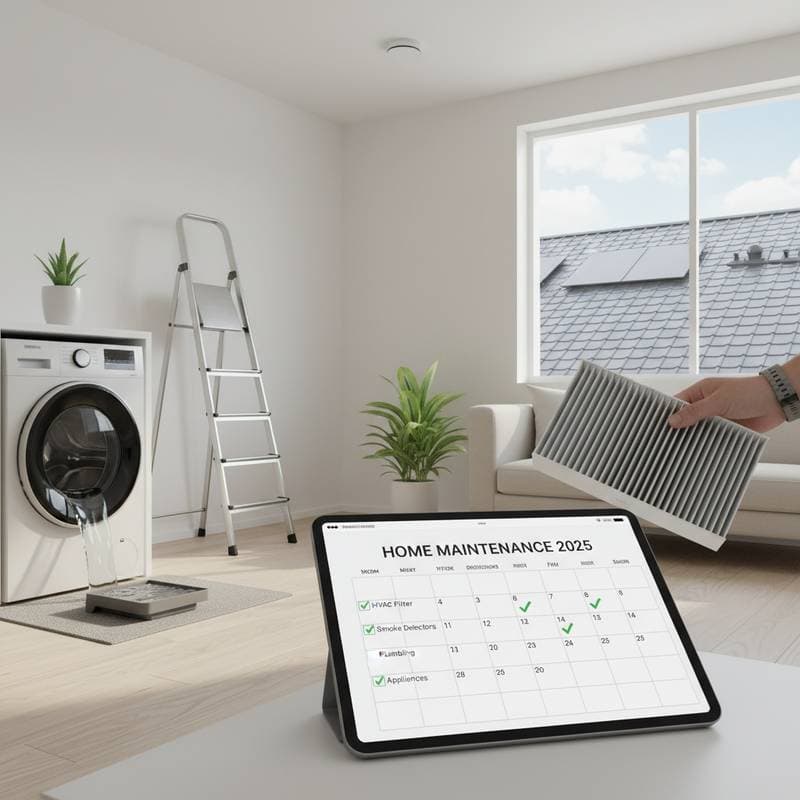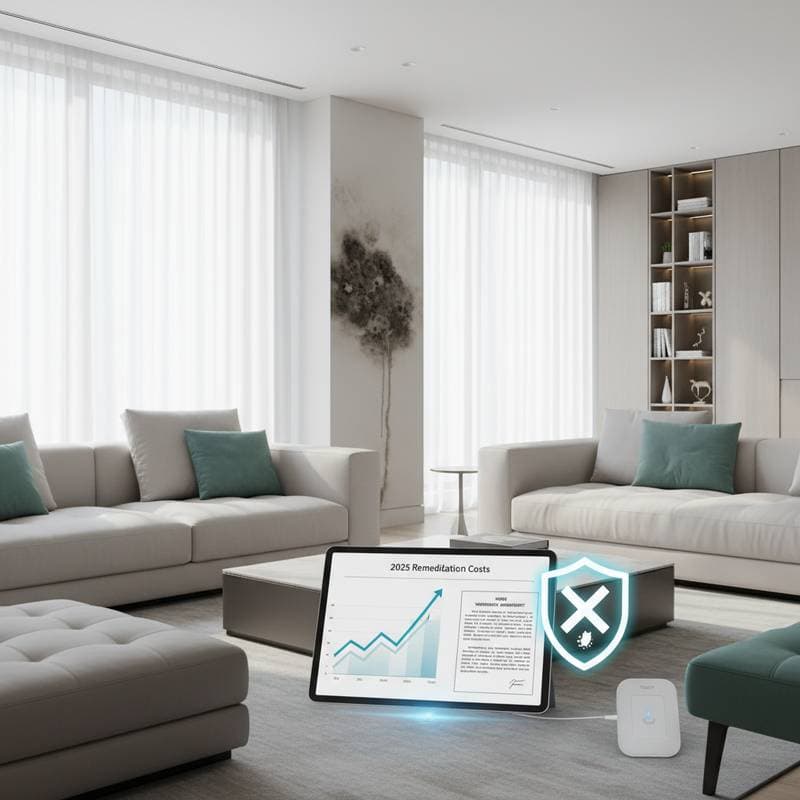Understanding Greywater Systems
Greywater refers to wastewater generated from household activities such as bathing, laundry, and sink use, excluding toilet waste. These systems collect and treat this water for non-potable purposes like irrigation or toilet flushing. By implementing such systems, homeowners contribute to water conservation efforts, particularly in regions facing scarcity.
The basic components include collection pipes, filtration units, and distribution networks. Simple setups divert water directly to gardens, while advanced models incorporate treatment for broader applications. Adoption of greywater technology supports environmental sustainability and aligns with growing regulatory incentives.
Benefits of Greywater for Homeowners
One primary advantage lies in substantial reductions to water bills. Households can recycle up to 50 percent of indoor water usage, which translates to meaningful savings over time. Additionally, these systems lessen the demand on municipal supplies, aiding community-wide conservation.
Property values often increase with sustainable features. Potential buyers recognize the long-term cost efficiencies and ecological benefits, which enhance market appeal. In drought-prone areas, greywater installations provide a buffer against restrictions, ensuring reliable landscape maintenance.
Environmental impacts extend beyond the home. Reduced freshwater extraction preserves aquifers and rivers, while decreased wastewater volume eases treatment plant burdens. Homeowners thus play a role in broader ecological health.
Greywater Installation Costs in 2025
Typical installation expenses range from $2,000 to $10,000, depending on system complexity and home size. Basic diverter systems cost around $2,000 to $4,000, suitable for small properties with minimal plumbing adjustments. Full treatment systems, which include pumps and advanced filters, reach $6,000 to $10,000 or more for larger homes.
Factors influencing costs include labor, materials, and permits. Professional installation ensures compliance with local codes, though DIY options exist for simpler configurations. In 2025, material prices stabilize due to increased manufacturing, but regional labor rates vary.
Ongoing maintenance remains affordable, with annual costs of $100 to $300 for filter replacements and inspections. These expenses pale in comparison to the lifetime savings from water reuse.
2025 Rebate Programs and Incentives
Federal and state programs in 2025 offer rebates that offset up to 50 percent of installation costs. The WaterSense initiative provides grants for qualifying systems, often covering $1,000 to $3,000. Local utilities expand rebates, targeting areas with high water stress.
Eligibility typically requires systems certified by organizations like NSF International. Homeowners must demonstrate energy-efficient designs and proper installation by licensed professionals. Applications involve submitting plans and post-installation verification.
Several states enhance federal support. California rebates reach $2,500 for residential setups, while Texas offers tiered incentives based on system capacity. Municipal programs in cities like Los Angeles and Phoenix provide additional funds, sometimes up to $5,000 for comprehensive installations.
How to Qualify for Greywater Rebates
Start by assessing your property's suitability. Evaluate water usage patterns and available space for treatment units. Consult local building codes to confirm permissible system types.
Next, select a certified system from reputable manufacturers. Review specifications for flow rates and treatment efficacy. Obtain quotes from at least three installers to compare costs and rebate compatibility.
Submit rebate applications through utility websites or state environmental departments. Include detailed proposals, including blueprints and cost estimates. Approval processes take 4 to 8 weeks, so plan accordingly.
- Verify local regulations and incentives.
- Choose a compliant system.
- Hire a qualified installer.
- Apply for rebates pre-installation.
- Document the project for verification.
Choosing the Right Greywater System
Consider your household needs when selecting a system. For small families, a laundry-to-landscape diverter suffices, costing under $1,000 and requiring minimal maintenance. Larger homes benefit from branched drain systems that handle multiple sources.
Advanced options include aerobic treatment units for higher purification levels. These enable indoor reuse, such as toilet flushing, but demand more upkeep. Evaluate water quality from sources like showers, which may contain soaps affecting plant health.
Professional assessments help tailor choices. Experts analyze plumbing layouts and soil conditions for optimal performance. Balance initial costs with long-term efficiency to maximize rebate value.
Installation Process and Best Practices
Preparation involves mapping plumbing routes and securing permits. Installers reroute pipes to collection tanks, integrating filters to remove solids. Testing ensures no leaks or contamination risks.
Post-installation, monitor system performance for the first few months. Adjust irrigation schedules to match greywater output. Regular cleaning prevents clogs and maintains treatment quality.
Integrate smart controls for efficiency. Sensors detect flow and automate distribution, reducing manual oversight. These features qualify for additional rebates in tech-forward programs.
Maximizing Savings and Long-Term Value
Combine rebates with energy-efficient appliances for compounded benefits. Low-flow fixtures reduce overall water volume, enhancing system effectiveness. Track usage via meters to quantify savings.
Resale advantages grow with documentation. Provide buyers with maintenance records and rebate details to justify premium pricing. Sustainable features appeal to eco-conscious markets.
Community involvement amplifies impact. Share experiences through local groups to encourage wider adoption. Collective efforts strengthen rebate programs and policy support.
Enhancing Home Resilience with Greywater
In water-scarce regions, greywater systems fortify against shortages. They enable continued irrigation during restrictions, preserving landscapes and food gardens. Integration with rainwater harvesting creates comprehensive strategies.
Health and safety remain priorities. Proper treatment eliminates pathogens, ensuring safe reuse. Educate household members on usage guidelines to sustain benefits.
Future-proof your home by staying informed on evolving incentives. As 2025 programs roll out, early action secures funding and positions properties for enduring sustainability.





